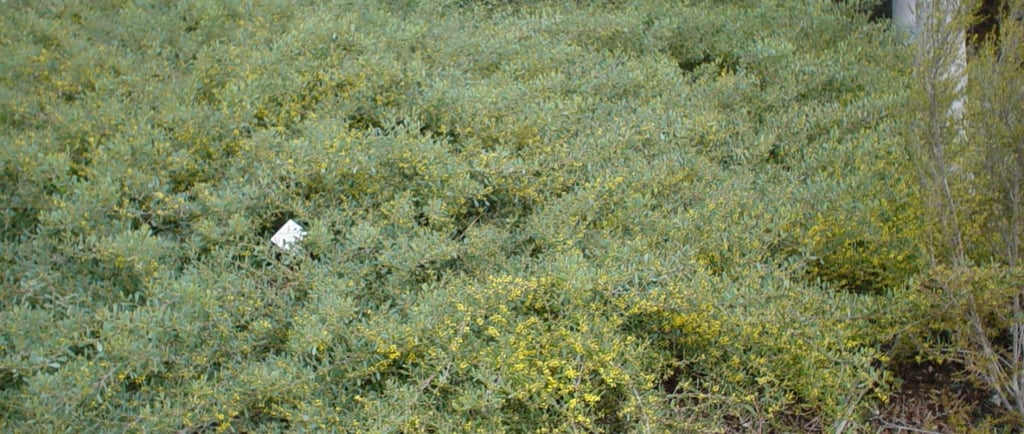Exploring the Benefits of Living Mulch and Groundcover Plants


The concept of living mulch and groundcover plants has gained significant traction in recent years. These practices involve using low-growing plants to cover the soil surface, providing many benefits for both the environment and gardeners. Let's delve deeper into what living mulch and groundcover plants are, their advantages, and some examples of these beneficial green companions.
Living mulch refers to a diverse array of plants strategically grown to cover the soil in gardens, orchards, or agricultural fields. Unlike traditional mulch, often made of non-living materials like wood chips or straw, living mulch consists of living vegetation. Groundcover plants are low-growing plants that spread horizontally to cover the ground surface.
Benefits of Living Mulch and Groundcover Plants
1. Weed Suppression: By forming a dense carpet over the soil, these plants shade out weed seeds and prevent them from germinating. This reduces the need for manual weeding or herbicides, promoting a more natural and sustainable approach to weed control.
2. Soil Erosion Prevention: The dense root systems of living mulch and groundcover plants help hold soil in place, reducing erosion caused by wind and water. This is especially beneficial on slopes or in areas prone to erosion, as the plants act as a natural barrier against soil loss.
3. Moisture Retention: The layer of vegetation provided by living mulch and groundcover plants helps retain soil moisture by reducing evaporation. This can be particularly advantageous during hot and dry periods, as it reduces the frequency of watering required for plants to thrive.
4. Nutrient Cycling: Many living mulch and groundcover plants are nitrogen-fixing, meaning they can capture and convert atmospheric nitrogen into plant-useable form. This improves soil fertility and promotes healthy plant growth without synthetic fertilisers.
5. Temperature Regulation: Living mulch and groundcover plants can help moderate soil temperatures, keeping the soil cooler and warmer in cold weather. This creates a more stable environment for plant roots, which can improve overall plant health and resilience.
6. Biodiversity Enhancement: Incorporating a variety of living mulch and groundcover plants into your landscape can enhance biodiversity and provide habitat for beneficial insects, pollinators, and other wildlife. This contributes to a more ecologically balanced and vibrant ecosystem.
Examples of Living Mulch and Groundcover Plants
1. Acacia redolens: Acacia redolens, also known as Prostrate Acacia or Vanilla Wattle, is a low-growing evergreen shrub native to Australia. It requires minimal maintenance, is drought-tolerant, controls soil erosion, suppresses weeds, and provides wildlife habitat.
2. Hardenbergia violacea (Purple Coral Pea): Hardenbergia violacea is a versatile groundcover plant known for its vibrant purple flowers and attractive foliage. It is drought-tolerant, low-maintenance, and ideal for covering slopes or rocky areas. White and pink varieties are also available.
3. Hardenbergia comptoniana (Native Sarsaparilla): This species of Hardenbergia makes an excellent groundcover. Its delicate flowers thrive in partial shade, making it suitable for understory planting or shaded areas.
4. Viola Varieties: Various Viola species are excellent choices for groundcover plants. They come in various colours and bloom profusely, providing a carpet of colour while suppressing weeds and attracting pollinators.
Incorporating living mulch and groundcover plants into your landscape offers a range of benefits, including weed suppression, soil erosion control, moisture retention, nutrient cycling, temperature regulation, and biodiversity enhancement. Why not try one of the above species, selected for hardiness and resilience in the Winton climate and soil conditions, or try edibles such as watermelon or pumpkin? Choosing the right plants for your specific climate and growing conditions allows you to create a resilient and environmentally friendly garden that thrives with minimal intervention.
